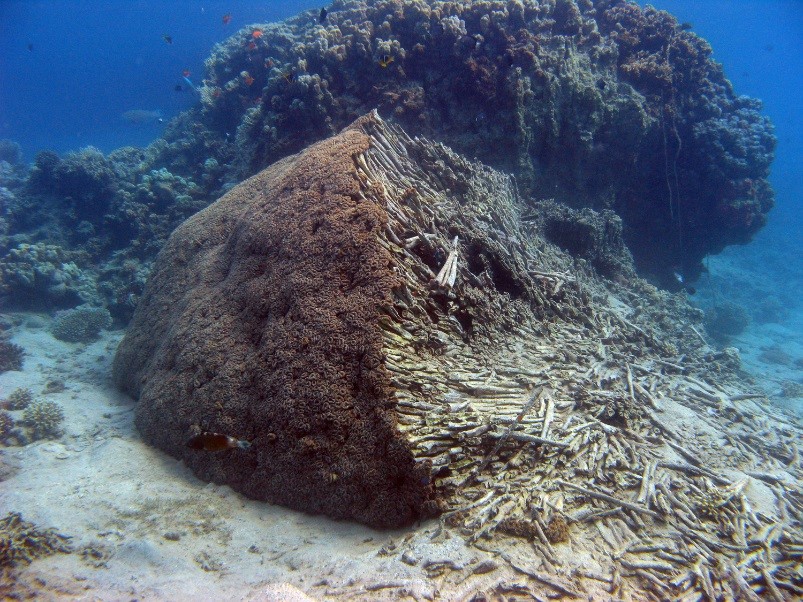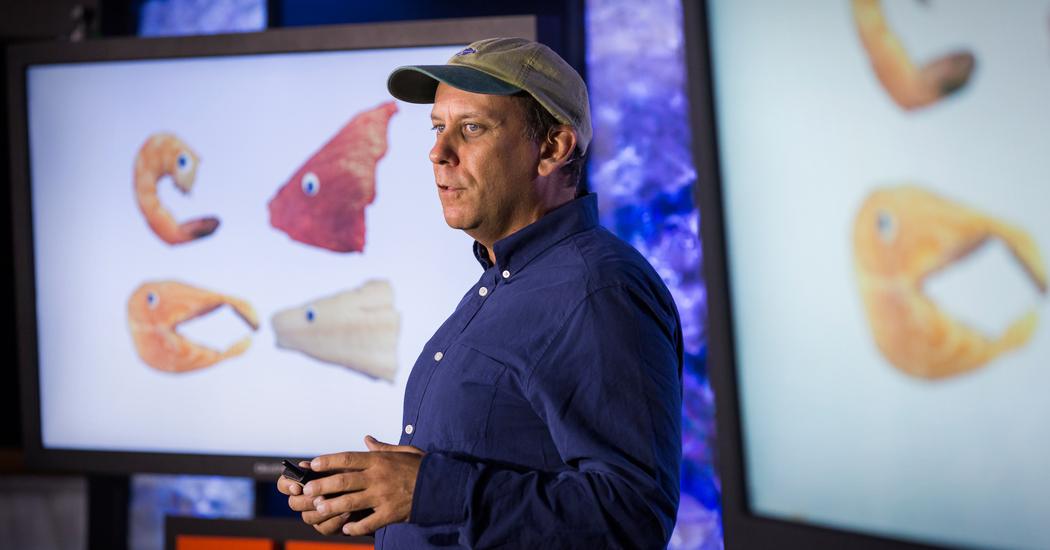One Fish Two Fish
Description
One of the biggest threats to the oceans, which is the direct result of human action, is the overexploitation of fish populations all around the world. Since technology advancements have revolutionized the fishing industry, there has been a dangerous amount of unsustainable fishing practices used in order to catch the most fish with the least amount of effort. Overexploitation via wild capture fisheries and aquaculture is the number one way in which humans are harming the oceans to which we are inextricably linked, and upon which we depend.
Fishing and aquaculture can be detrimental to oceans in several ways:
Overfishing
Global consumption of seafood has doubled since the 1970s. In 2016, we consumed a record-breaking 20kg per capita. This is the most seafood humans have ever consumed in history. Improvements in fisheries-related technology have allowed us to remove organisms from the ocean more quickly and with less effort, facilitating large-scale exploitation. With roughly 90 percent of the world’s fish stocks now fully fished or overfished, only 10 percent of our world’s fish stocks are left. Simply put, our marine species cannot reproduce fast enough to keep up with the hunt. Get a sense for how easy it is to overfish by playing the Fish Game from the Cloud Institute for Sustainability Education.

Bycatch
Not all marine life that is captured by fishing gear makes it to the dinner table. An estimated 40 percent of what is caught in commercial fisheries is an unintended catch (bycatch) and discarded from the fishing vessel. Bycatch can include unmarketable species, undersized species, and endangered species. Unfortunately, the majority of the animals tossed back overboard do not survive. It is important to understand how your seafood has been harvested as some fishing gear types, like pelagic or surface longlining and bottom trawling can increase the likelihood and amount of bycatch incurred.

Habitat Damage
Certain fishing and farming practices can have negative impacts on critical marine or aquatic habitats. With the loss of crucial habitats such as spawning, nursery, breeding or sheltering areas, many species find it challenging to survive, let alone thrive. Communities such as coral reefs, kelp forests, mangroves, and wetlands provide critical habitat for a wide array of organisms and damage to these key areas can have dramatic consequences for the environment.

The damage that we are causing through unsustainable fishing is a threat to both ocean ecosystems and human populations alike. Fishing is an important industry. Over one billion people rely on fish as their main source of protein. Fishing contributes to economic stability and provides thousands of careers both on and off of the boats.
So how do we maintain this important practice, without destroying the resource that is necessary to keep it going?
The answer is sustainable seafood. Sustainable seafood can be defined as species that are caught or farmed in a way that ensures the long-term health and stability of that species, as well as the greater marine ecosystem. There are many ways to be sustainable, with a little change and a little extra effort.
Task
And there is something you can do to help too. Find the sustainable seafood program in your city, state/province, or country. How can you identify sustainable seafood where you live? Then, go out and find it. Take an adventure to the grocery store or supermarket and find some sustainable seafood. If you have a challenge finding it, ask the grocer or store manager. You could even go down to where the fisherman come in and ask them directly which methods they use.
Afterward, explore the ESRI Canada GIS resource about the Canadian Atlantic Fishing industry. In a discussion post, respond to one of the following inquiry questions:
Write a blog about your journey to find sustainable seafood. Address the following inquiry questions in your blog:
1. How did you find information about sustainable seafood in your area? Who did you speak with?
2. Explain the importance of fisheries to Canada's environment, economy, and society.
3. How does the state of Canadian fisheries impact you, your community, or your home province?
Learning Objectives
To understand the threat and damage that unsustainable fishing causes
To understand the solutions, and how to encourage sustainable fish
To encourage discussion and thought about what other economic, social, political and environmental repercussions might arise as a result from unsustainable, and sustainable, fishing
Continue to The Plastic Problem »
Related Media
Resources
-
 Canadian Atlantic Ocean and Fisheries
ESRI Canada GIS Resource
Canadian Atlantic Ocean and Fisheries
ESRI Canada GIS Resource
-
 The Fish Game
Understand the problem of overfishing with this interactive demonstration by the Cloud...
The Fish Game
Understand the problem of overfishing with this interactive demonstration by the Cloud...
Submissions (3)
-
Rachael Bell-Irving Resource: 2974 days ago
-
Rachael Bell-Irving Gallery submission: 2998.1 days ago
-
Rachael Bell-Irving Gallery submission: 3060 days ago






